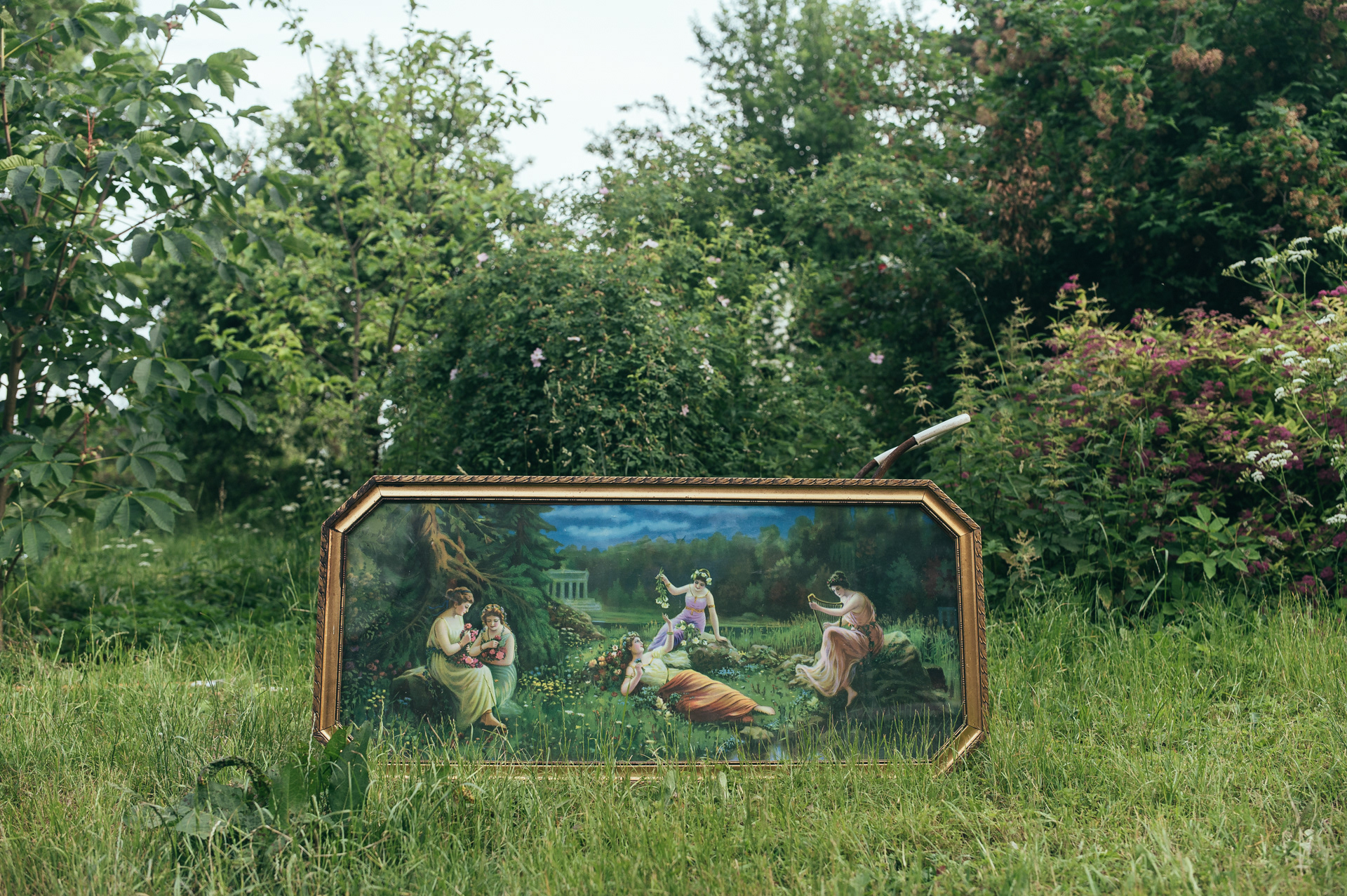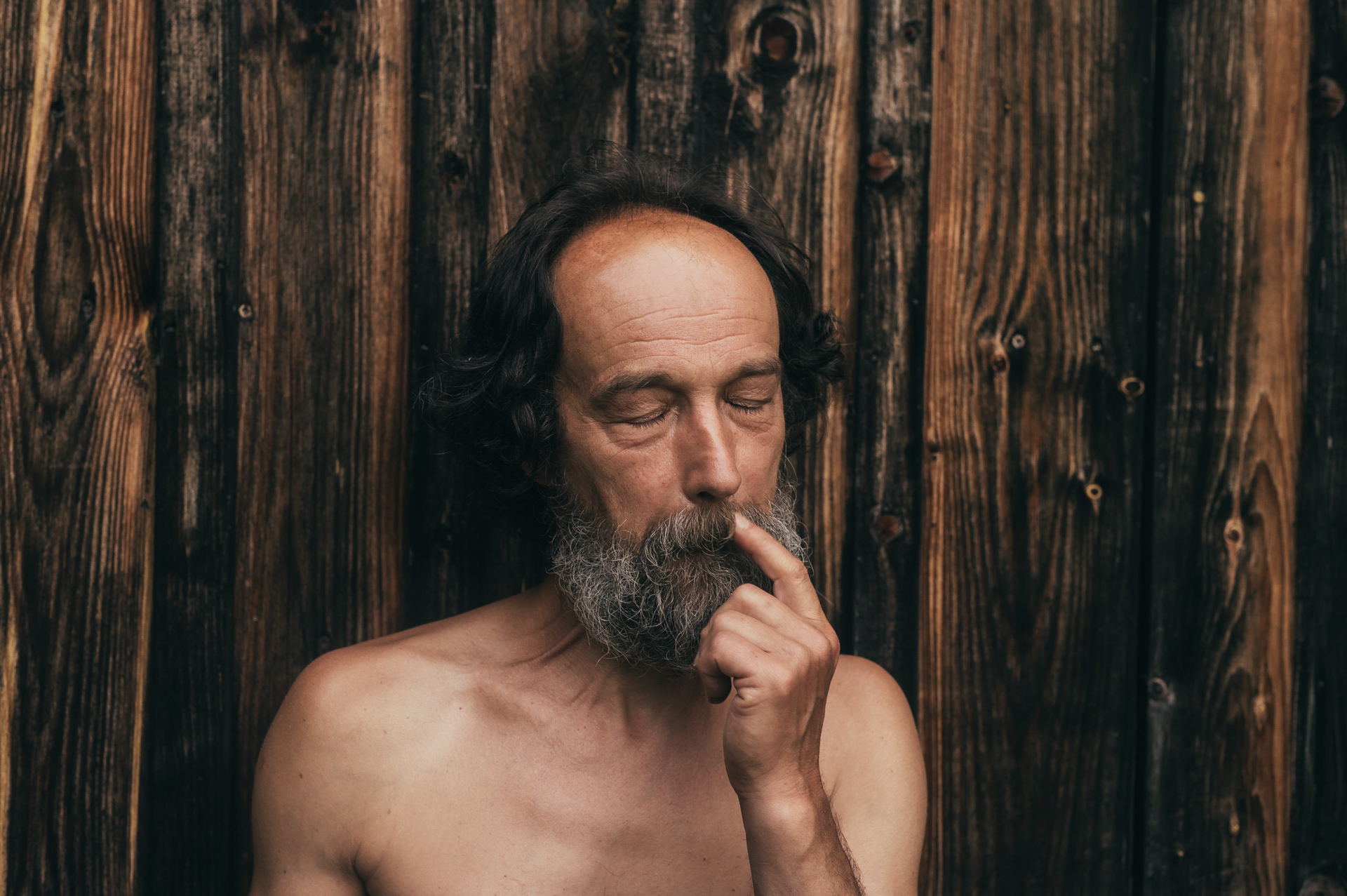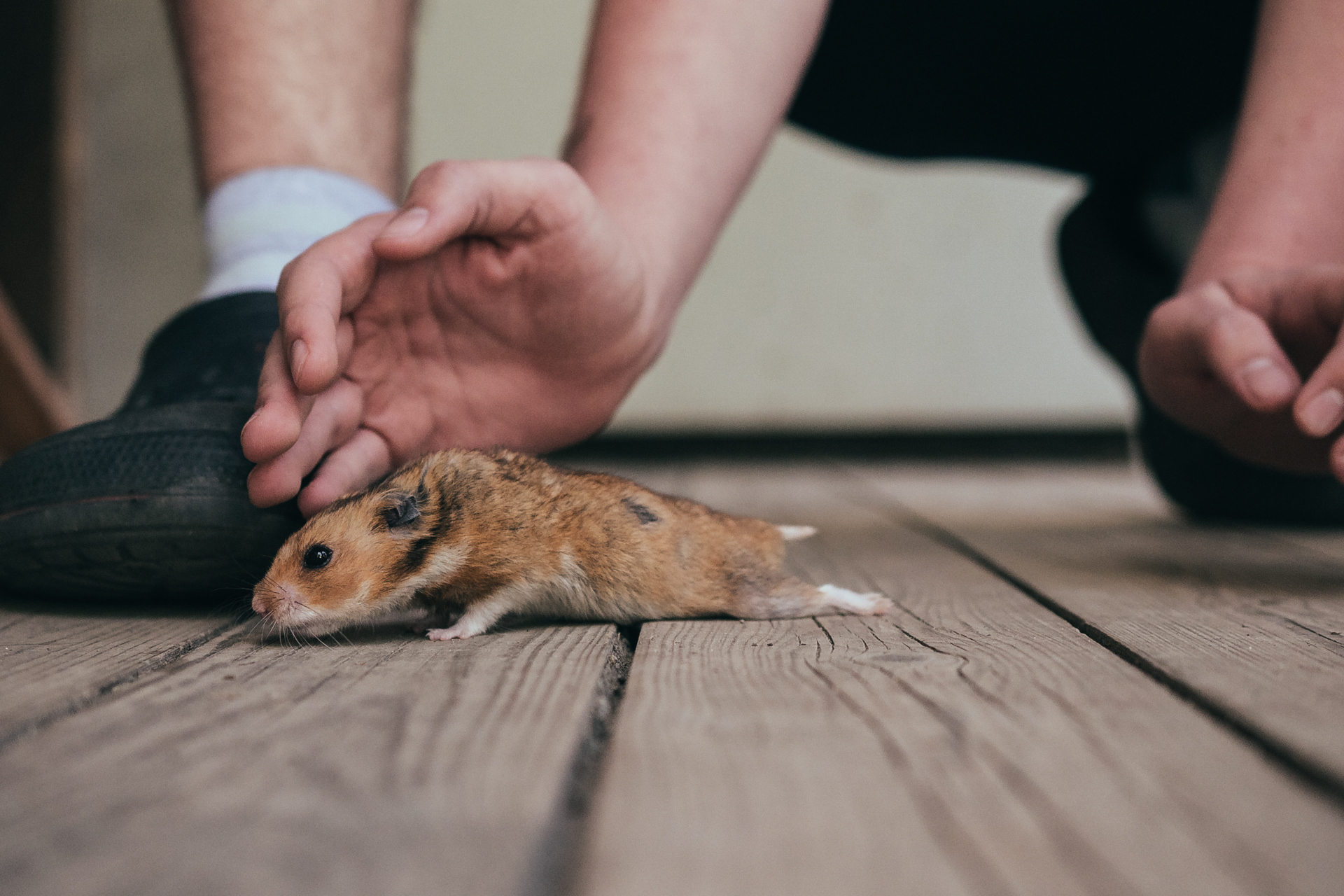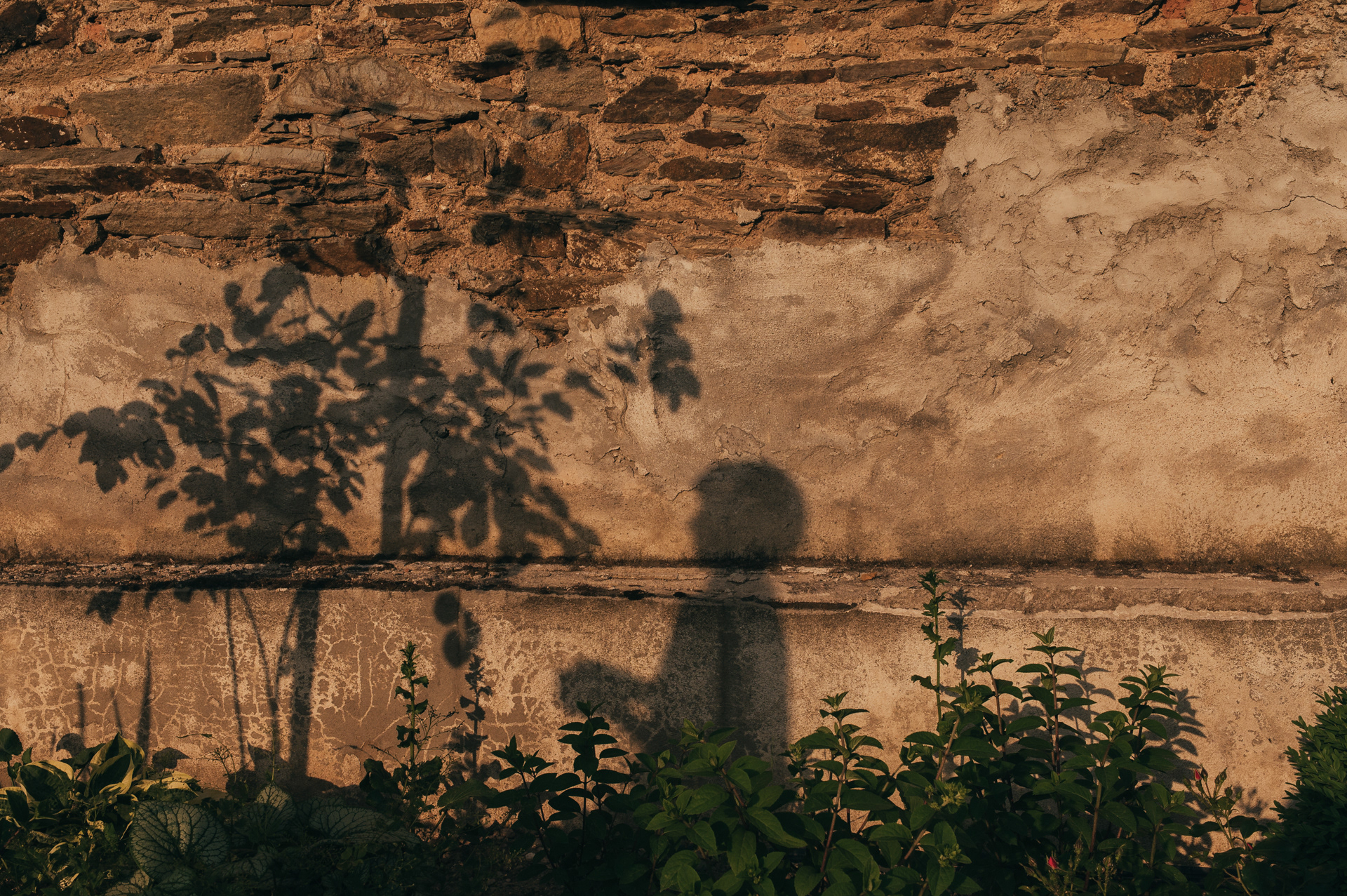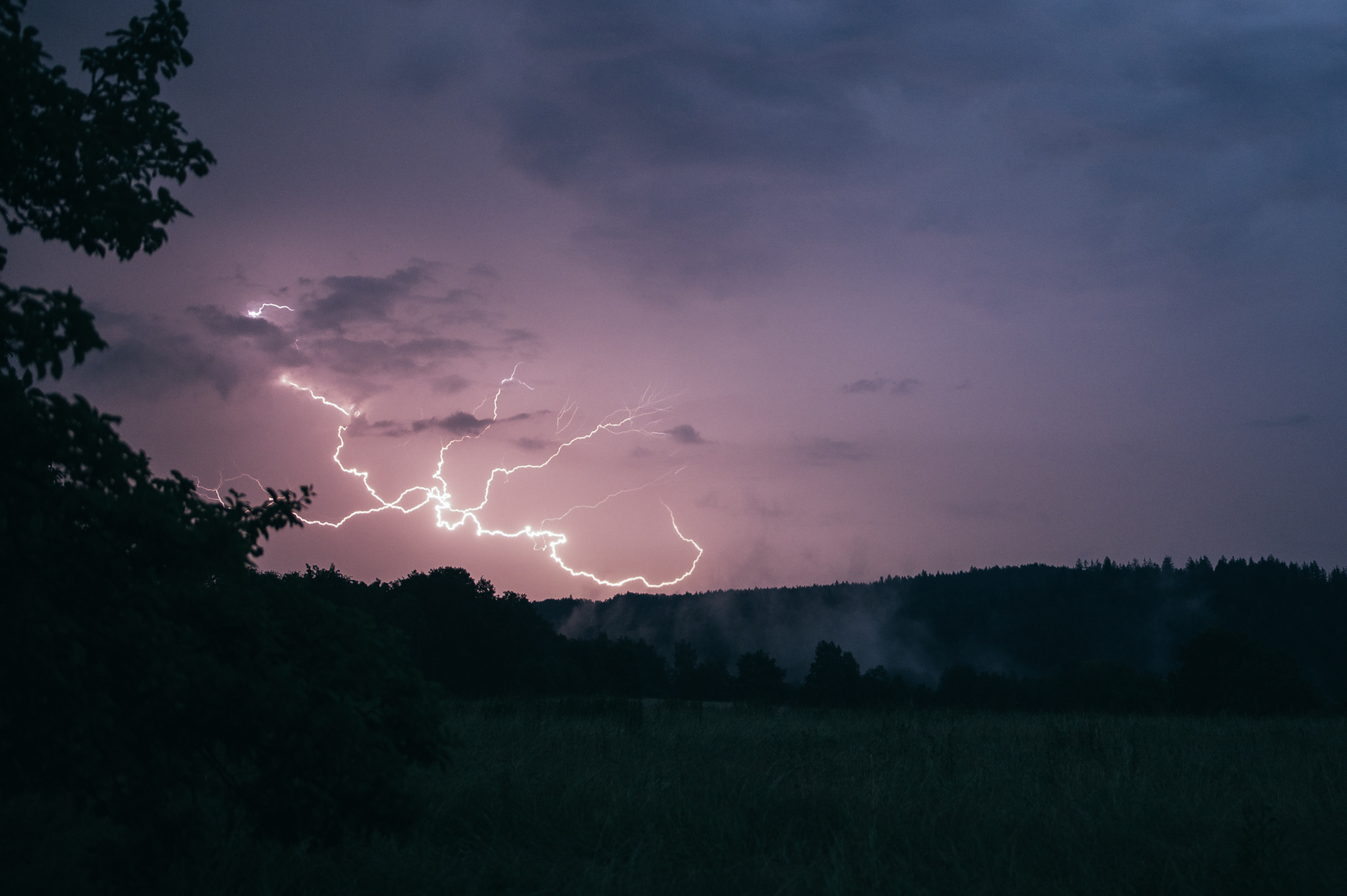Google provides limited information about this particular place, and its location is not widely known. The tiny village in Lower Silesia often gets confused with a town in central Poland, which gained fame for its eponymous juice production.
Nestled away from the hustle and bustle of the modern world lies a hidden gem called Tarczyn. Here it's easy to lose track of time and allow your day to unfold naturally, following the flow of the village. The relaxed and unhurried pace of life allows you to immerse yourself in the present moment, free from the constraints of rigid schedules.
I was invited by the Flowland Foundation, which is focused on protecting the cultural heritage of this small village, to spend a few weeks in this undiscovered place and tell its story through my lens.
This village has provided me with a sanctuary of silence, where I could truly listen to myself. I recall a moment when I craved a cup of cappuccino from a specialty coffee shop, but upon realizing it was an 11-kilometer drive away, I deemed it an unnecessary pursuit. On the streets of Tarczyn, there is no illumination during the night. There are no shops and no bars.
Tarczyn used to be a German village named Kuttenberg and it became Polish territory after the Second World War. On this land there are no native inhabitants anymore, many people were expelled from their homes, and others were artificially relocated to their places. This region has experienced many different flows of populations, people coming and leaving, having lived together for short periods of time. In today's Tarczyn, the medieval field layout and the structure of farm plots have been largely preserved. No new buildings were built here for decades. The spectacular view of the Karkonosze Mountains and the Jizera and Kaczawskie foothills is still the same.
Volkmar Umlauft, the president of the Flowland Foundation, expressed a thought that resonates within this unique community: "Not being sure of your identity is an identity too."
Today Tarczyn is home to remarkable individuals with diverse backgrounds. Current residents deliberately chose this place to live. Only 14 people are officially registered as inhabitants of Tarczyn, but I have encountered many more during my stay.
Among them is Remik, an artist and antique dealer, who has warmly welcomed me with his hospitality and open-heartedness. He always offers his guests a glass of pomegranate juice. Our first conversation happened organically over the fence. It reminded me of the existence of communication without reliance on devices. Remik said: “No need for WhatsApp, we’re neighbors. When you are in your room just say hi to me from your window”. As the curator of Tarczyn's open-air gallery, Remik constantly refreshes the images and posters on the announcement desk, making it a vibrant center of creativity. Mr.Remik told me that not a long time ago he needed to go to the city for a doctor’s appointment but right after entering a crowded street he got back into his car and left without attending.
I didn’t expect to meet Yulia here, a Ukrainian woman who fled the war with her two sons in March 2022 and found temporary refuge in Tarczyn. It’s extremely hard for her to be far away from home without her husband but she wants her children to be in a peaceful place. Despite feeling small in comparison to the vastness of nature that surrounds her, Yulia cares deeply for the environment, cherishing its beauty and serenity.
On the final day of my stay, I had the pleasure of meeting Aga, a creative soul originally from Warsaw. Her strong connection with nature is evident in her morning routine of meditation, barefoot walks with her dog, and gathering herbs. In Tarczyn, Aga finds inner peace and gratitude. Renting a house from a Belgian landlord, she dreams of having a place in the village to call her own.
Tarczyn's growing agritourism industry attracts visitors from different parts of the world. Engaging with these visitors and sharing the charm of Tarczyn adds excitement and diversity to the village.
Meeting Magdalena, a fellow 23-year-old who was born in Tarczyn must have provided an interesting perspective on the village. As someone who has spent their entire life there, Magdalena said that she doesn’t notice all the changes and unique aspects of the village since they have become a part of her everyday environment. Having ridden a tractor from a young age, Magdalena has developed a deep bond with the land and its agricultural practices. However, the lack of job opportunities within the village forces her and her brothers to seek opportunities beyond its borders.
It would be unusual to meet the residents of Tarczyn not being accompanied by their beloved pets. In fact, sometimes they can exercise the same level of autonomy as humans. One time a curious husky wandered into the living room of the house where I lived, with a clear intention to mark his new territory. Another day a tree collapsed after a thunderstorm, damaging a fence and inspiring the sheep (and the one and only alpaca in the village, who most probably identifies as a sheep at this point as well) to attempt an escape.
The future of Tarczyn remains uncertain, as differing views on its preservation and development give rise to challenges and occasional misunderstandings. The limited availability of land and the potential for overcrowding poses further concerns. However, fostering open dialogue and finding common ground will be essential for the community to strike a balance between preserving its unique character and embracing positive growth.
Tarczyn remains a place that captivates the hearts of its residents and visitors alike. The beauty of its landscapes and the harmonious coexistence with nature make it a tranquil retreat that leaves a lasting impression.
I want to come back.
